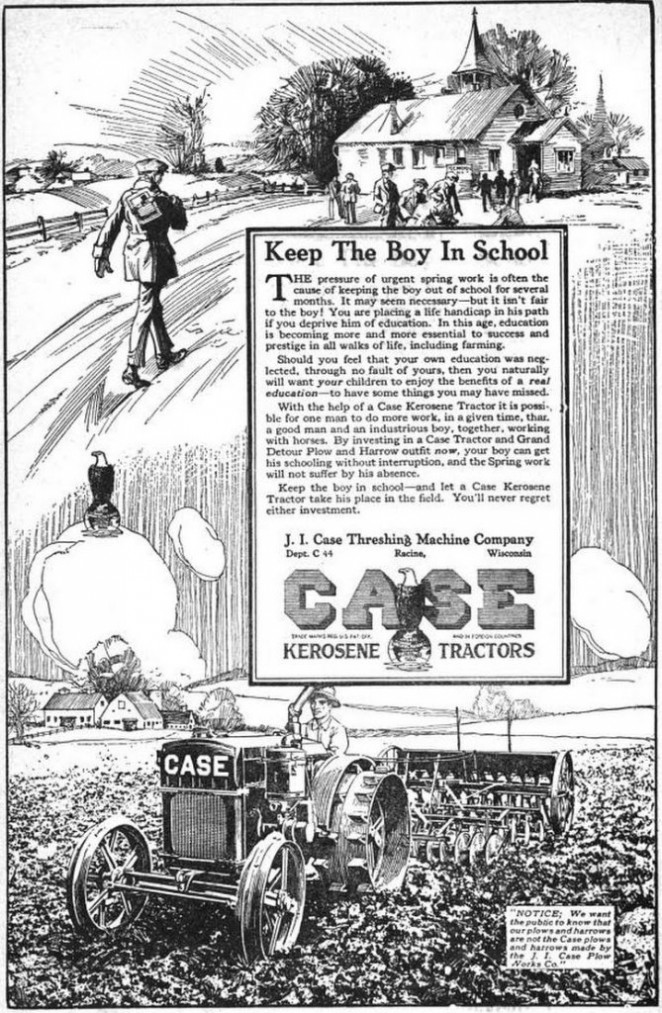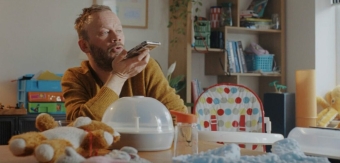Advertising law states that people buy benefits, not features.
This law is also known as: features tell, benefits sell.
Which means it’s fine to explain the features that a product has, but it’s by showing the benefits those features bring to people’s lives that the real magic happens.
As marketing prof Theodore Levitt put it, people don’t want to buy a quarter-inch drill, they want to buy a quarter-inch hole.
But let’s take that analogy further.
“You don’t buy a drill, you buy domestic bliss.”
Why do people want a quarter-inch hole in the first place? Because they need a hole for a bracket. Why do they need a bracket? Because they want to put up some shelves. Why do they want to put up some shelves? Because their garage is a sorry mess. And they’re getting grief from their better half about tidying it up. And they need to tidy it up so they can transform the space into an extra bedroom for when their parents come to stay.
So they’re not really buying a drill, and they’re not really buying a hole.
They’re buying domestic bliss.
Selling benefits over features isn’t a new principle. In fact, it was being used as far back as the below 1921 advert for J I Case tractors, in which they didn’t sell anything so lowly as a tractor. Oh no, they sold nothing less than a better future for the next generation.

It’s this principle of selling benefits, not features, that allows an ad selling tractors to have a headline that reads: ‘Keep the boy in school’.
This apparently tangential benefit creates intrigue in the mind the reader, drawing them in to work out how buying a tractor means buying a better future for your child.
The user experience (as they definitely wouldn’t have put it back then) is as follows:
You, a father, remember having to toil in the field as a boy – to the detriment of your education. But your boy deserves more. You want him to have a better life than you. You want him to be well educated so that the doors of opportunity, that were shut for you, open for him.
But if your lad is working the fields, how can he devote the necessary time to his studies?
“Put the benefits where a buyer can see them. Save the features for the instruction manual.”
Enter the J I Chase tractor, which, with its mechanised efficiency, lets you do more work than you can with the boy, thus freeing him up to get a good education and improve his lot in life.
And, in case the father is economically rather than emotionally motivated, the ad frames the boy as a capital asset that’s enhanced by the purchasing of the tractor.
‘You’ll never regret either investment’, the copy explains.
This ad doesn’t talk of a tractor made of true American steel. It doesn’t mention how many cylinders it has. It doesn’t mention its galvanised rubber tyres. Instead, the focus is on how machinery can buy you the most precious thing of all: time and opportunity. Benefits that are immediately relatable to its target audience.
And that’s how you sell a tractor.




